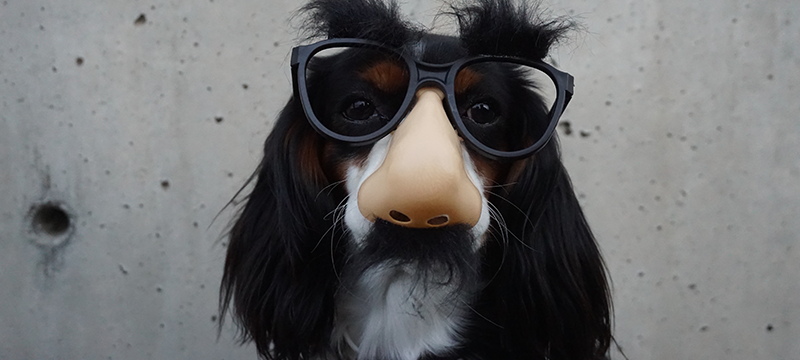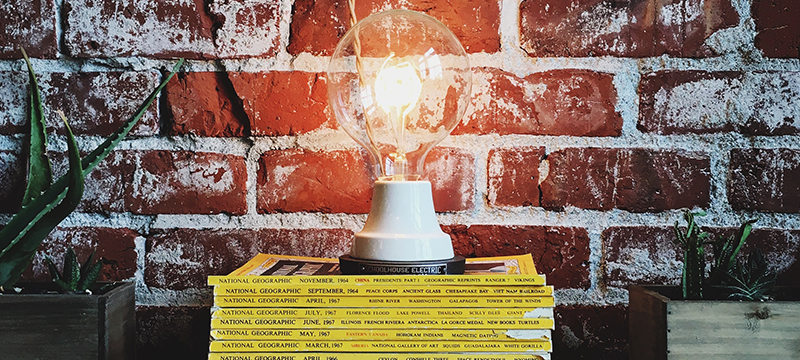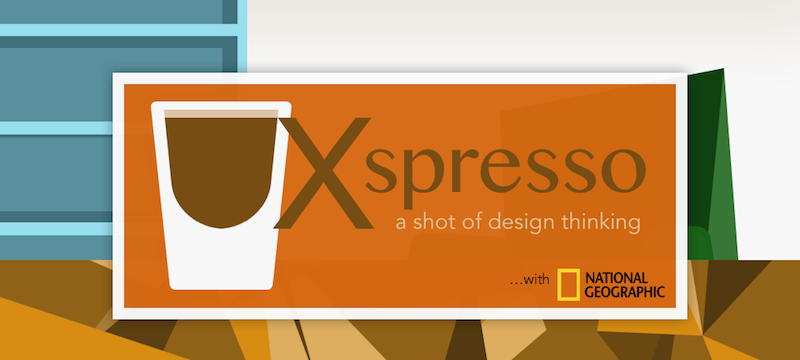Usability testing often results in negative feedback. It’s not always easy to respond to these findings, especially if you designed the UI that’s being criticized. However, being able to process, accept, and incorporate criticism in a healthy and constructive way is an important skill for UXers. Luke Miller, UX & design director at National Geographic, knows this lesson well.
The Nat Geo team had been working on new designs to help users understand the difference between “events” and “museum exhibitions” on their website. They put the new, image-heavy version to the test – and found, disappointingly, that their latest changes still left a lot of confusion.

But Luke and his team took users’ criticisms in stride, and got back to work a little bit wiser.
“While that UI failed, I think that means that the test was incredibly successful, because now we know not to build that version of the UI,” Luke told us.
Making the most out of that hard pill to swallow — a failed UI — is something every designer must do. While it is tempting to reframe tasks to get the user response you want, or criticize those who find fault with your designs, we should strive to learn from Nat Geo’s experience, and build on the most painful feedback.
After listening to Luke’s story, here are 3 things you should know about usability testing:
(1) Know what you’re testing,
(2) Know that negative feedback is a positive outcome, and
(3) Know what to do with criticism

Lesson 1: Know what you are testing
In an ideal world, a usability test would be testing nothing but your UI designs; in the real world, it is also a test of your task script and your research methods.
Knowing this, the Nat Geo team re-used the same test script from the previous sprint to test the new designs.
“We wanted to keep some consistency so we could pinpoint UI had to be the only variable in the test,” says Luke.
By controlling for other variables while changing the page design, they could directly compare findings to the previous round of testing and feel confident that any differences could be tied to their design changes. That meant that when they heard users’ negative feedback, they knew their designs still needed improvement, and that the criticism wasn’t due to any other factors.
When you do usability testing, minimize the variables so you can be sure of what you’re really testing. You’ll do better research, and you’ll be more confident in your findings.

Lesson 2: Know that negative feedback is a positive outcome
Nat Geo ran the test, and found the design they had come up with was still not sufficiently helping users understand the difference between events and exhibitions.
Luke and his team didn’t let the news discourage them, but instead took this feedback as a clue to what could work.
Harsh criticism, failed experiences, and UIs that don’t work out are not failures, but fantastic learning opportunities.
Don’t get negative when you receive negative feedback. Every piece of constructive criticism gets you one step closer to the right design solution. Treat critical test results as successes! To paraphrase Thomas Edison, you haven’t failed, you’ve just discovered another way how not to build a lightbulb.
Read more: How to respond effectively to design criticism
Lesson 3: Know what to do with criticism
Usability testing isn’t just about doing the research; it’s about what you do with it after the research comes in. Learning from the criticism you receive will allow you to make better decisions about where to go next.
“That’s going to help you with your confidence in the results and your confidence in the method in general,” as Luke put it.
Taking negative feedback seriously makes usability testing worth the time, money, and effort. It can be difficult at times, but don’t get defensive. Listen and try to understand users’ difficulties and struggles.
Just as importantly, take the users themselves seriously. Don’t judge them or look down on them. “As silly as some user issues may seem, or as hard of a time as someone might be having, try to focus comments and interpretations of the tests back into what you can do to the UI, not the person who’s taking the test,” Miller says.
Make sure that you respect users’ feedback, and learn from it instead of finding ways to brush it off. Benefiting from their perspective, especially when it’s critical, is the greatest value of usability testing.

Conclusion:
Give yourself a chance to grow and learn from critical user testing results. The negative results are what you need to hear in order to improve.
If you consider negative test findings a failure, you’re missing the point; as Luke observed, a failed UI is the sign of an “incredibly successful” test. You discovered something you didn’t know before, and that will help you and your team build ever better products.
Criticism can only lead to improvement if you are willing to look at the blind spots uncovered by it. Don’t let the opportunity pass!
Learn more: user testing better products and user testing new products






